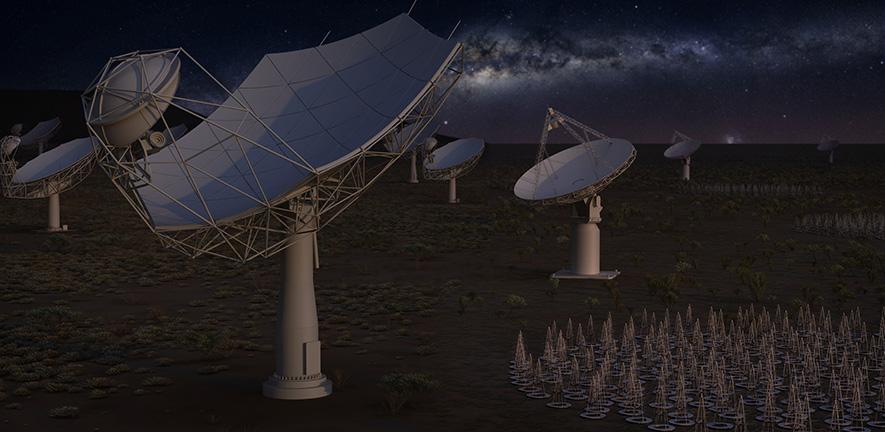In the coming years, a number of next-generation observatories and arrays will become operational. These facilities will make major contributions to multiple fields of astronomy: exploring the mysteries of the early Universe, studying gravitational waves, determining the role of dark matter and dark energy in cosmic evolution, and directly image “Earth-like” exoplanets.
Unfortunately, this revolutionary development in astronomy may be going up against another major project: the creation of mega-constellations. Because of this, the SKA Organization (SKAO) – which oversees the international Square Kilometre Array (SKA) – is insisting that corrective measures be taken so satellites won’t interfere with its radio observations once it’s operational.
Continue reading “Radio Astronomers are Worried About Mega-Constellations and the Square Kilometer Array”

